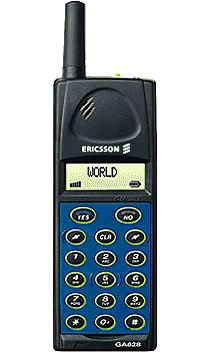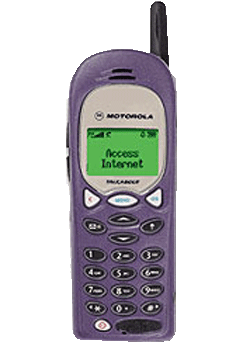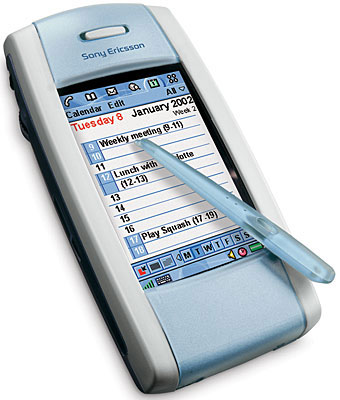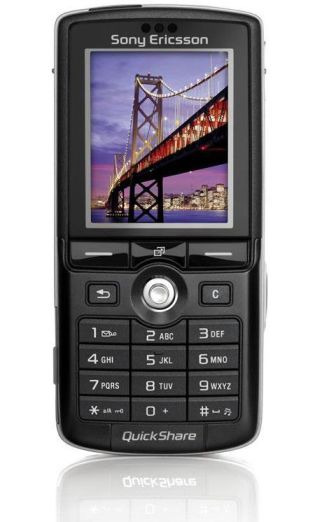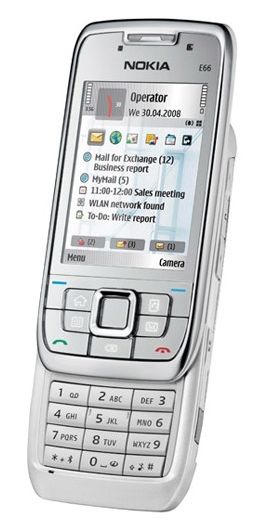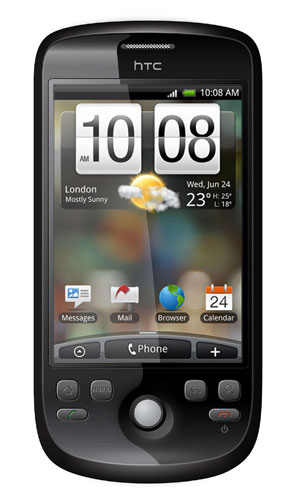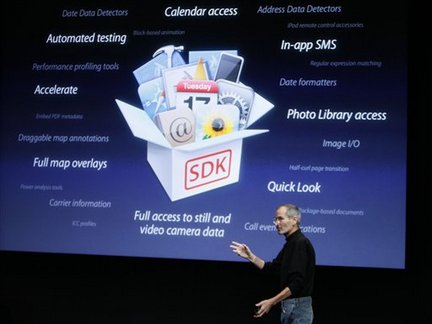Model: Ericsson GA-628
Year: 1998
I got it with a pre-paid SIM card from Vodafone UK. Not that I could afford it, but I just couldn’t resist. Ericsson were among the leaders in mobile phone manufacturers at the time, and the GA-628 had the stunning two-row display (no one was considering pixels at that time).
I used the phone for about a month and after I got back to Bulgaria, I tried to sell it. I realized then, that cell-phones could be locked, and in order to work with networks different than the network of the operator you got it from, you must find someone to unlock it. In exchange for a “reasonable” charge, of course. This adventure cost me dearly, at the end, but it was really cool to have a cell-phone at that time.
Model: Motorola T2288
Year: 2000
A friend of mine brought it to me from Germany. I was well aware of the unlocking, already, and this time is cost me only 15 leva (about 7.5 EURO). I clearly remember, that when I got the phone, I stood in line for half a day to get a SIM card from the only mobile carrier in Bulgaria at the time, Mobiltel. The phone was not something special, but it was good enough.
Model: Nokia 7110
Year: 2002
I got it second hand – I simply didn’t have the money to get it brand new. Additionally, the model was kind of dated already – it had been two-three years since it was released (in 1999). The guy who sold it to me had just gotten a brand new Nokia 6310 and therefore wanted to sell the 7110. I nobly envied him, for being able to afford it.
Otherwise the 7110 by itself was a pretty good phone. A lot of people think, that this model was featured in the phenomenal first part of “The Matrix” (you remember, the package Neo got while being in the office, with a cell-phone inside it) – this is not true. They used a 8110 there.
I remember that this was the first phone, that I could upload ring-tones to. There were also internet sites, you could send a ring-tone through – some of them were even free.
Model: Sony Ericsson P800
Year: 2004
An extraordinary phone, one of the first true smart-phones.As a matter of fact, I went to the store determined to buy the new Nokia 6600, but when I saw the P800, I just couldn’t help it. The presentation of the device included an advertising video, played on the phone itself. And after you play a bit with the touch screen, you are hooked – and several hundred leva poorer. In fact, the video playback was not a trick – I’ve had full length movies that I could watch on the device without a problem.
A truly unique device, for its time. I had a whole DVD stuffed with software for the P800 I found on the net – there was a SEGA emulator (so that you could play SEGA games directly on your device), VNC client (true, you could only see about 5% of the desktop, but still …), SSH client and so forth, and so on. Amazing device.
Almost forgot – this is one of the first Symbian phones on the market. Just to remind you – Nokia released their first ever Symbian touch-screen phone in 2008, while P800 was released in 2002.
Model: Sony Ericsson K750i
Year: 2006
Another magnificent specimen from Sony Ericsson’s shelf. Not that “smart” this time, but a wonderful phone nevertheless. What astounded me is how easy I got used to the phone and how much I liked the well designed user interface. Sony Ericsson had the metaphore of notification bar already at the time, which currently exists in Android – when you press the button right on top of the joystick, a screen showed up with all events, alarms, calls, etc. you missed.
This is the first phone I tried Opera Mini on, and it worked perfectly. Excellent phone.
Model: Nokia E66
Year: 2008
Huge disappointment. I was unable to get it – how did Nokia expect that someone would buy a smart-phone from their enterprise series (Exx) and will be pleased with it, when the battery drains each and every day. I couldn’t determine the reason, but even if I only speak 2-3 times per day and do almost nothing else with the phone, the battery was dead after a day and a half tops. And believe me, I tried – fully charge the phone, run a task manager and kill all the tasks that don’t seem useful and nevertheless, the phone was dead in a day or so. The battery was fully discharged. Ridiculous. Add the ancient S60 interface on top of that and there you go – enormous disappointment.
Having said all that, the phone’s build quality was not bad at all – the device was solid and it was obvious, that it is of high build quality. I dropper it several times (on asphalt, pavement, etc.) – it didn’t even had a scratch. The sliding mechanism was also excellent. The web browser was not bad, as well.
Model: HTC Magic
Year: 2009
There is a lot to be desired from the HTC Magic, but keep in mind that this is just about the second Android phone out there. At one time I was really mad at HTC, because the original software was really slow and was annoying me day after day, but then I decided to experiment with the custom made ROMs from XDA Developers and I am really glad I did so. HTC Sense really changes your phone and breathes it a new life. If you have an Android device, make sure you get Sense on it – it is extremely good.
I wrote about the Magic before, so I won’t get into details here.
Stop wondering. Prepare your own mobile biography and post the link as a comment.
P.S. I “stole” the idea from here.
